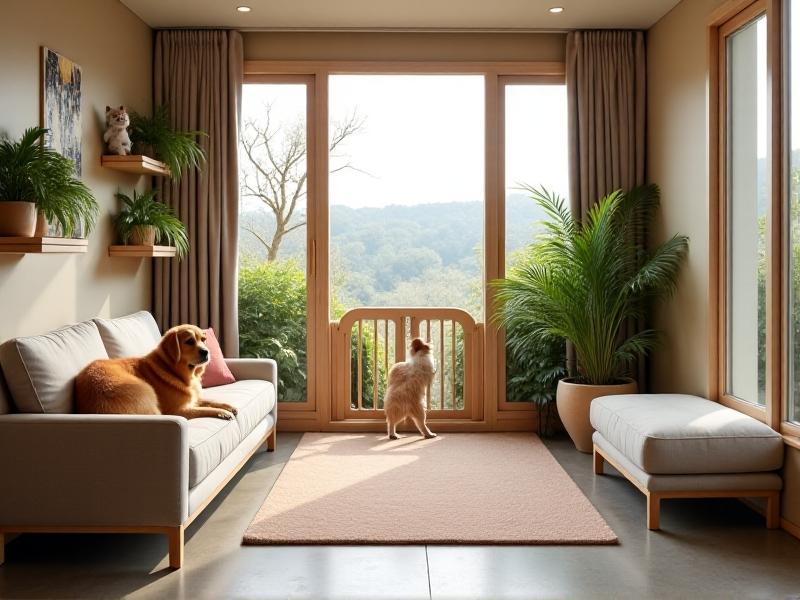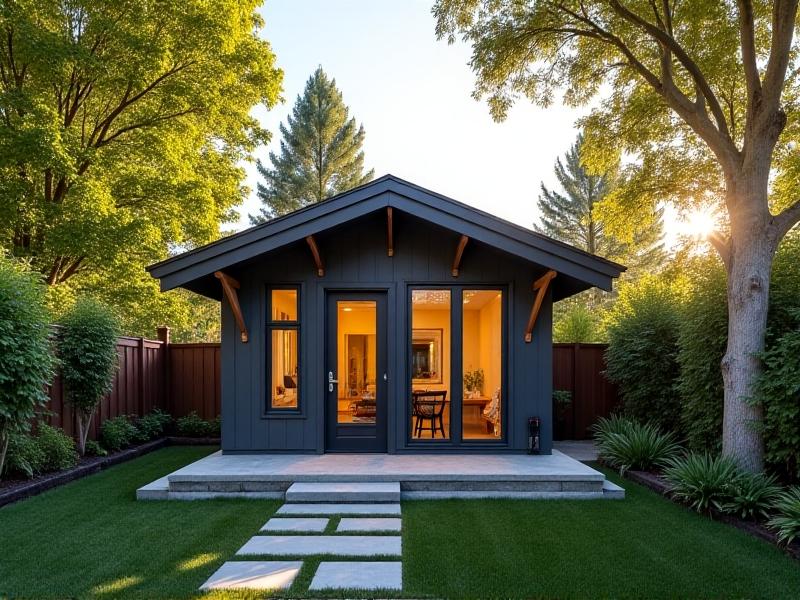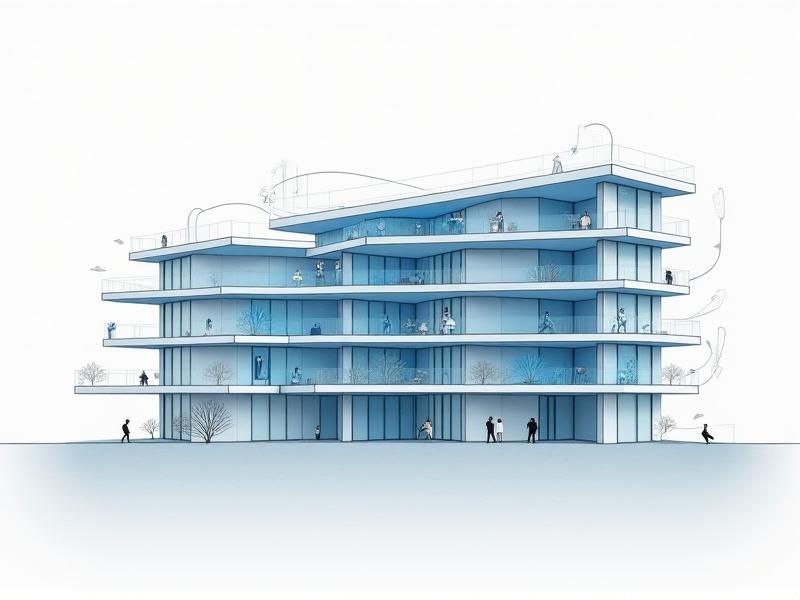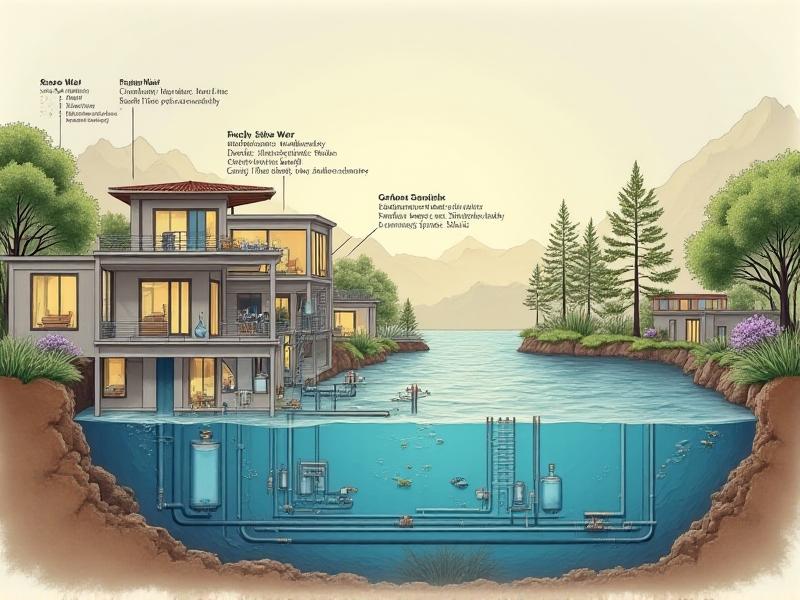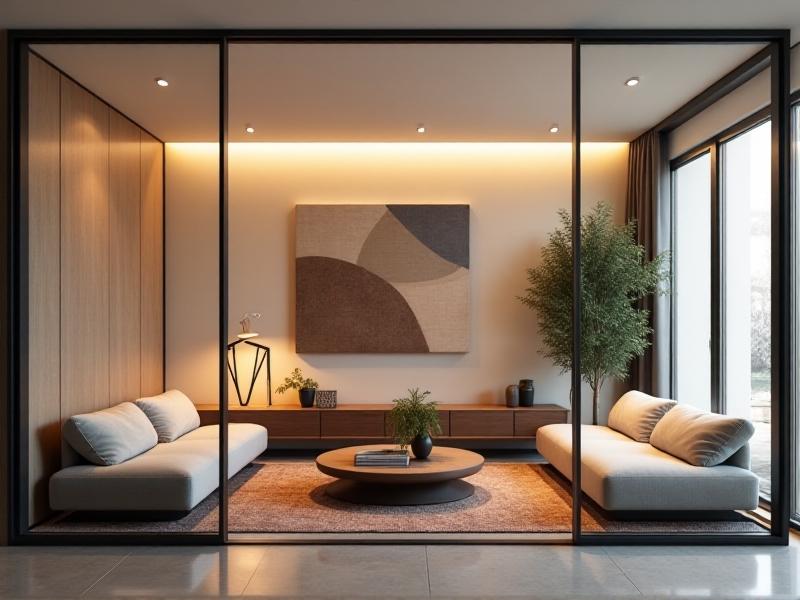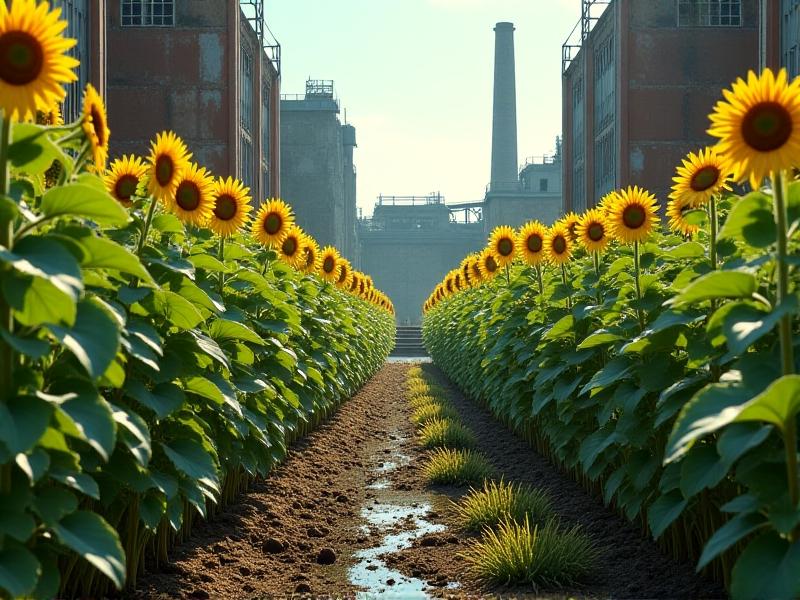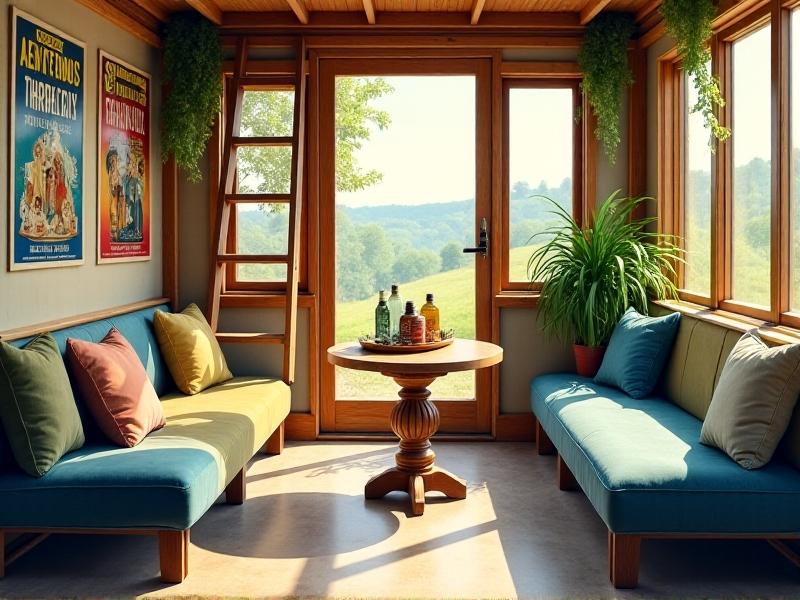Retractable Window Wall Installations
Redefining Space and Light: The Rise of Retractable Window Walls

Retractable window wall installations are revolutionizing architectural design by erasing the boundaries between indoor and outdoor spaces. Unlike traditional sliding doors or static windows, these systems consist of large glass panels that glide seamlessly into hidden pockets or stack neatly to one side, creating a fully customizable open-air experience. Popular in high-end residential and commercial projects, they combine the practicality of weather protection with the elegance of floor-to-ceiling transparency. Homeowners and architects increasingly favor these installations for their ability to transform spaces dynamically—turning a living room into a breezy patio or a restaurant into an open-air venue with minimal effort. The growing demand stems from a cultural shift toward fluid, adaptable living environments that prioritize connection to nature without sacrificing comfort.
Blurring Boundaries: Design Advantages of Retractable Systems
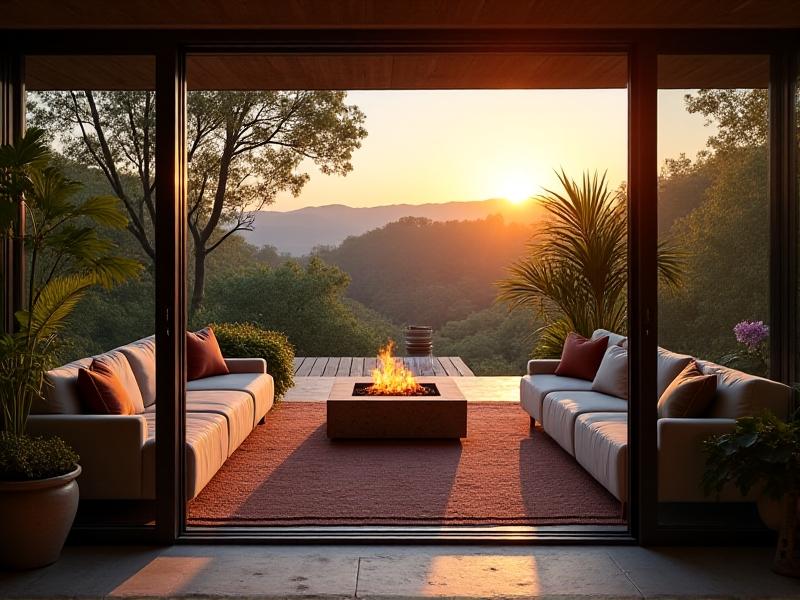
The most compelling benefit of retractable window walls lies in their ability to merge indoor and outdoor areas visually and spatially. By eliminating obstructive barriers, they flood interiors with natural light, making even compact rooms feel expansive. For homeowners, this design means enjoying panoramic views year-round—whether it’s a snowy landscape or a blooming garden. Architects also leverage these systems to create multifunctional spaces; a dining area can extend into a garden for summer entertaining, while a corporate office can open its boardroom to a terrace during brainstorming sessions. The psychological impact is equally significant: studies show that access to natural light and greenery enhances mood and productivity, making retractable walls a strategic choice for both homes and workplaces.
Beyond Aesthetics: Functional Benefits of Modern Window Walls
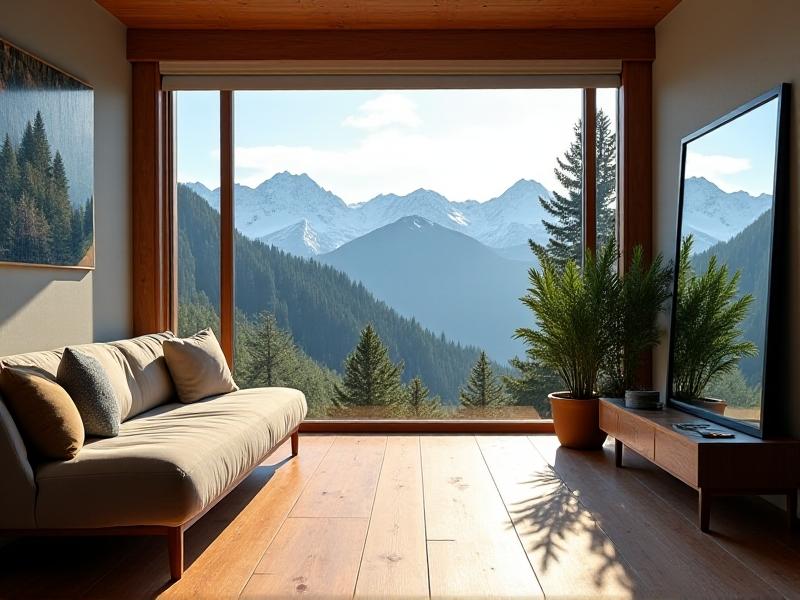
While retractable window walls are undeniably sleek, their functionality goes beyond visual appeal. High-performance models incorporate thermal breaks, weather-resistant seals, and insulated glass to maintain energy efficiency. When closed, they act as a robust barrier against heat loss, drafts, and noise—critical for urban settings or extreme climates. Automated systems enhance convenience; motorized operation via remote or smartphone app allows users to adjust their environment effortlessly. Safety features like laminated glass and secure locking mechanisms address durability concerns. For commercial spaces, retractable walls can even integrate with HVAC systems to regulate airflow, ensuring comfort whether the panels are open or closed. This blend of form and function makes them a versatile solution for diverse architectural needs.
Material Mastery: Innovations Driving Durability and Style
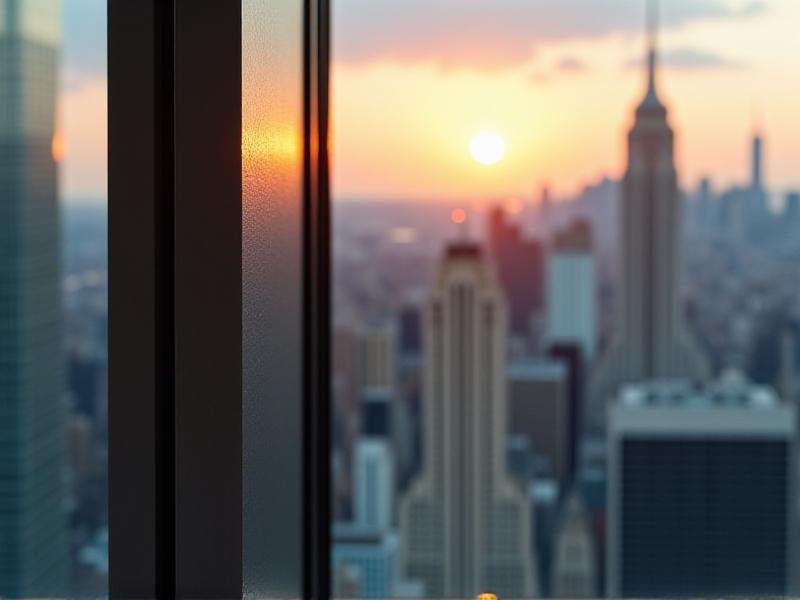
The longevity and performance of retractable window walls depend heavily on material innovation. Aluminum remains the go-to for framing due to its strength-to-weight ratio, corrosion resistance, and adaptability to powder-coated finishes. Advances in glass technology, such as low-emissivity coatings and argon gas filling, optimize insulation without compromising clarity. For high-traffic commercial applications, manufacturers now offer scratch-resistant tempered glass and reinforced tracking systems. Meanwhile, residential designs increasingly feature minimalist frames—some as slim as 1.5 inches—to maximize views. Sustainable materials are also gaining traction; recycled aluminum and glass composites reduce environmental impact while meeting stringent building codes. These innovations ensure that retractable systems aren’t just beautiful but built to withstand decades of use.
Smart Integration: Automating Your Connection to the Outdoors
Retractable window walls have entered the era of smart home automation. Integrated with platforms like Google Home or Apple HomeKit, they can be scheduled to open at sunrise or close during rainstorms via weather-triggered sensors. Voice commands offer hands-free control—ideal for entertaining or accessibility. In luxury installations, biometric authentication adds security, allowing only recognized users to operate the system. Commercial setups often pair these walls with smart climate control, adjusting temperatures based on whether panels are open or closed. The result is a seamless, intuitive user experience where technology enhances—rather than complicates—the connection between built environments and nature.
Commercial Appeal: Transforming Hospitality and Workspaces
In the hospitality sector, retractable window walls are a game-changer. Restaurants use them to create alfresco dining areas that adapt to weather, while hotels deploy them in lobbies and suites to offer guests immersive experiences—think beachfront villas with walls that vanish into the ceiling. Corporate offices leverage these systems to foster collaboration; opening a boardroom to a terrace can stimulate creativity during meetings. Retail spaces also benefit, using retractable walls for pop-up storefronts or seasonal displays. The flexibility to reconfigure spaces on demand translates to higher customer satisfaction and operational efficiency, making these installations a worthy investment for forward-thinking businesses.
Residential Revolution: Elevating Home Design and Livability
For homeowners, retractable window walls redefine everyday living. They’re especially popular in regions with mild climates, where indoor-outdoor flow is prized. A kitchen can extend into a poolside cabana, or a primary bedroom can become a private retreat open to a garden. Parents appreciate the safety of tempered glass around children and pets, while empty nesters value the ease of hosting gatherings. Customization options—such as retractable screens for bug protection or integrated shades for privacy—tailor systems to individual lifestyles. Though the initial cost is higher than traditional windows, the long-term value lies in enhanced quality of life and increased property resale appeal.
Care and Maintenance: Protecting Your Investment
To ensure optimal performance, retractable window walls require routine upkeep. Monthly cleaning of tracks with a soft brush prevents debris buildup, while silicone-based lubricants keep rollers moving smoothly. Glass should be cleaned with non-abrasive solutions to avoid scratching coatings. Professional inspections every 1–2 years check for alignment issues or weather seal degradation. In coastal areas, rinsing frames with fresh water prevents salt corrosion. Most manufacturers offer warranties covering motorized components for up to a decade, provided users follow maintenance guidelines. Though low-maintenance compared to traditional windows, proactive care extends the system’s lifespan and preserves its aesthetic and functional benefits.
The Future of Flexibility: Emerging Trends in Retractable Design
As technology evolves, retractable window walls are set to become even more innovative. Electrochromic glass, which tints on demand for privacy and glare control, is being integrated into motorized systems. Solar-powered tracks and self-cleaning glass coatings aim to reduce maintenance and energy use. Biophilic design trends are pushing for larger, curve-adaptive panels that mimic organic shapes. In urban architecture, developers are experimenting with retractable walls as dynamic façades that adjust to sun angles, improving energy efficiency. With sustainability at the forefront, future systems may incorporate carbon-negative materials or AI-driven climate adaptation, further solidifying their role as essential components of responsive, eco-conscious design.
